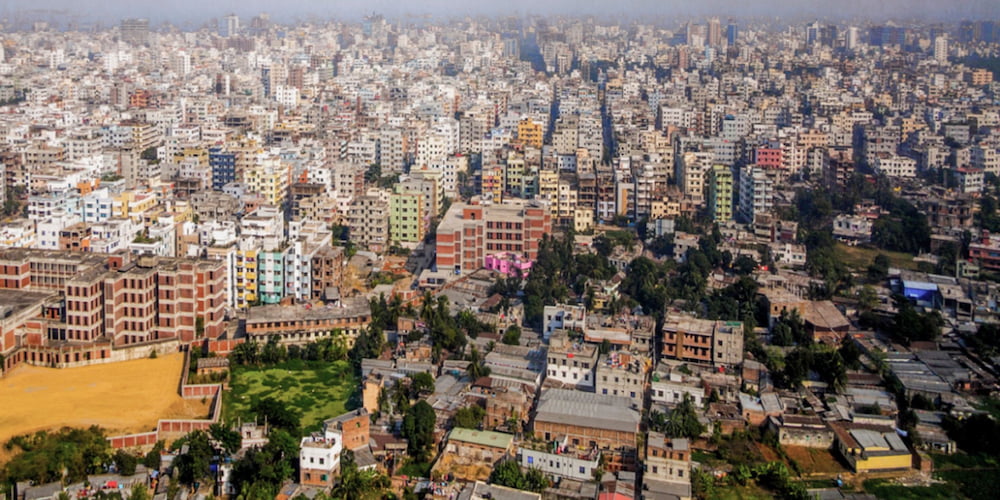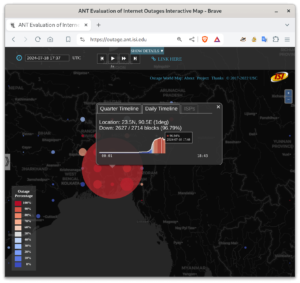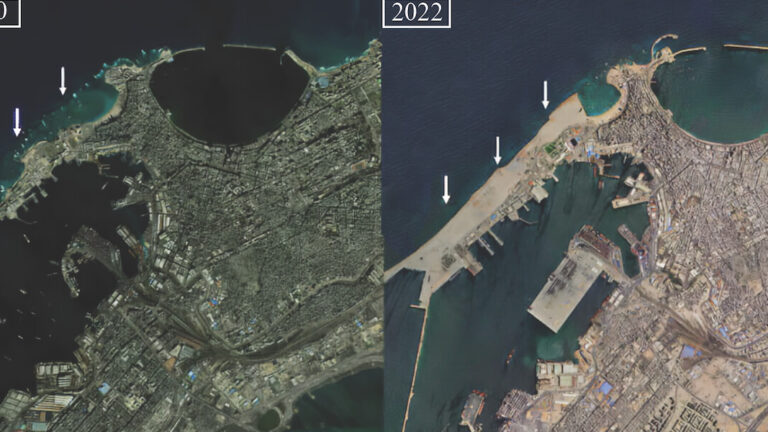
Dhaka, capital of Bangladesh. Photo Credit: Meinzahn/iStock
USC ISI Researchers Detect Massive Internet Outage in Bangladesh Amid Civil Unrest
USC Viterbi Information Sciences Institute’s advanced monitoring technology estimates 170 million people are without an internet connection this week.
Since 2013, USC’s ANT Lab (Analysis of Network Traffic) has been scanning the public internet for outages worldwide, currently measuring 5 million networks every 11 minutes. At USC Viterbi’s Information Sciences Institute (ISI), the ANT Lab actively probes the internet, which allows researchers to identify and analyze significant changes in internet reachability that could indicate major events.
Last week, their efforts detected a substantial outage in Bangladesh, coinciding with widespread civil unrest. John Heidemann, chief scientist of the Networking and Cybersecurity Division at ISI and research professor of Thomas Lord Department of Computer Science at USC Viterbi School of Engineering, has been closely monitoring this situation.
Heidemann explained, “One of my Bangladeshi students reached out to me yesterday [Thursday, July 18, 2024]. They had trouble reaching their relatives, were aware of the ongoing civil unrest related to government employment issues in Bangladesh, and turned to our Internet outage detection system where they observed the outage. To take a country of nearly 170 million people off the Internet is a drastic step, one we haven’t seen the likes of since the Egyptian revolution of 2011.”
A Near-Complete Country-Wide Outage
Heidemann, recent Ph.D. graduate ASM Rizvi, and current student Asma Enyat analyzed the data and saw a near-complete country-wide outage in Bangladesh. This level of disruption is rare and suggests a purposeful intervention. “Our system shows a near-total internet outage, which is hard to imagine happening without a government directive,” Heidemann noted at the time.
The ANT Lab’s system is particularly effective due to its active probing and frequent scans, offering comprehensive, up-to-the-minute data. Terry Benzel, director of ISI’s Networking & Cybersecurity Division, emphasized the unique capability of their system. “John’s work provides a macro view that few others have. It’s an early warning system that offers invaluable insights into large-scale events, whether they’re natural disasters like hurricanes or politically driven outages.”

First-Hand Experience
Rizvi shared his personal experience: “I was trying to reach my family members in Bangladesh but could not get in touch with them. I had no easy way to confirm this internet problem, as mainstream Bangladeshi media was not fast and under government scrutiny. Then I remembered that ISI has an outage detection system, and I looked into it and could confirm this incident. The outage tracker was helpful to mitigate our disbelief and confusion, especially for those who are far from our home country.”
Understanding the Impact
The internet outage in Bangladesh began amid civil unrest related to employment concerns. The disruption has severe implications for the country’s economy and daily life, affecting everything from communication to business operations. Heidemann drew comparisons to past events. “We’ve seen outages due to natural disasters, like Hurricane Beryl a couple of weeks ago, where about 20% of networks go down. But what’s happening in Bangladesh, with around 96% of networks offline, is unprecedented.” Benzel added, “This outage is not about censorship or limiting access to certain websites. It’s a complete shutdown of the internet, which is a much more drastic measure.”
Looking Forward
The ANT Lab’s findings provide a new perspective on global events. By detecting trends in internet activity, they offer a complementary source of public information alongside news reports and other observation methods.
Heidemann and his team are focused on continuing to monitor and analyze internet usage patterns worldwide. Their work not only helps in understanding the current situation in Bangladesh but also in preparing for future events. “Our system’s ability to provide situational awareness is crucial. It’s about understanding what’s happening in real-time and potentially aiding in decision-making processes for public health and safety,” Heidemann concluded.
Coming Back Online — Updated at of July 23
The USC/ISI Internet Outage Detection System showed that portions of the Bangladeshi Internet came back on-line starting at 13:00 UTC on July 23 (19:00 in Bangladesh). “Most recent data shows that roughly half of the Bangladeshi networks were reachable internationally as of 14:26 UTC (20:26 in Bangladesh), and recovery seems to have plateaued there,” said Heidemann.
New reports from Reuters confirmed (from quotes of Zunaid Ahmed Palak, junior information technology minister), that the “mobile internet” was suspended at the government’s request on July 18, and that they were restoring broadband internet on July 23. That statement is mostly consistent with what was observed by the ANT team.
Heidemann commented on the impact of a long-term outage like this: “Although Bangladesh has a broad economy, students and IT workers are unable to carry out normal work, and of course the inability to communicate with relatives has been very difficult for Bangladeshis here in the U.S., and I expect even inside the country. Of course, the civil unrest that prompted disconnection also has a huge economic and social cost as well, but one has to recognize that the cost of ‘going dark’ is high.”
For more detailed information and real-time updates, visit the ANT Lab website and blog.



